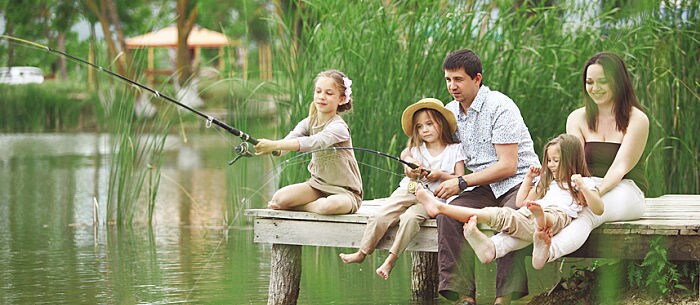The evil step-parent archetype is so etched into common culture that it’s a wonder anyone ever finds the courage to blend their families together. Love may be a powerful glue, yet it doesn’t always serve to make a stepfamily experience seamless or even harmonious. Sometimes being a step-parent can seem counterintuitive – a delicate dance of one step forward and two steps back.
On the other hand, step-parenting can yield incredible joy, too. Expect some missteps but otherwise try to relax, you can enjoy the benefits of your new role.
Here are 5 tips from step-parenting experts to help you on your way:
- Don’t Spring Your Relationship on Your Kids
If you’re anxious about telling your children you’re getting married, that should tell you something. Have plenty of conversations first, so announcing your intentions won’t come as a surprise.
- Do Acknowledge Your Child’s Feelings
This may be the happiest time of your life, but for your kids, a second marriage may bring up feelings of sadness, loss and disloyalty. A stepchild may resist a step-parent, especially one they really like, because it makes them feel disloyal to their other parent. It’s important to understand this, but don’t let your compassion for the child turn into sympathy. This is a trap many step-parents fall into.Their empathy paralyzes them from setting limits. For example, if the child says, “You’re not my mother,” the best response to this would be something along the lines of “You’re right, I’m not your mum and I bet you wish she was here, but she’s not. I’m here and the rule of the house is that you must empty the dishwasher”. Say this kindly but firmly. For this to work, the biological parent must back up the step-parent.
- Don’t Push It
Stepfamilies aren’t first families, which bond really well as groups. Stepfamilies, in contrast, bond best during one-on-one time. At least initially, group activities can activate everyone’s sense of being an outsider, creating tension. A lot of couples in repartnerships think they must have dinner together or spend the entire weekend together.Think again! Stepfamilies are different and that’s OK. Knowing this can help when kids shy away from bonding. It’s better to give it time and take the pressure off yourself. Letting go of high expectations and inaccurate ideas on how families should bond is a great step forward.
- Do Stay on the Same Parenting Page
The biological parent is responsible for setting boundaries that protect his partner’s and the household’s well-being. The parent should be clear that disrespecting the step-parent is not an option, although it’s unlikely that you’ll always be on exactly the same page when it comes to expectations for the kids. Watch out for a frequent dynamic of the parent who parents out of guilt post-divorce and a step-parent who thinks that should end.Combat this by setting boundaries as a couple. Kids need to know the parent and step-parent are a united front. Then they don’t feel the need to test limits.
- Do Reap the Benefits!
Then comes that magic moment. It may happen when somebody opens their arms and invites you into the conversation, or says ‘we’ instead of ‘us.’ Those reward moments get sprinkled in and help step-parents find their place.Step-parents are like teachers on the first day of school. You have a measure of positional authority because you’re an adult, but you don’t have relational authority yet, which takes time. Let the child set the pace and take advantage of opportunities to spend time together. Life as a stepfamily gets made in a Crock-Pot, not a blender. You’ll be cooking for a while, but what a delicious result it makes.”
